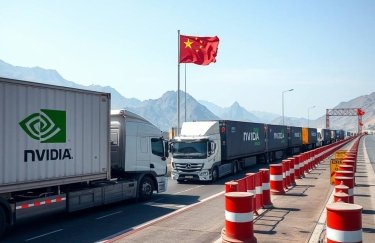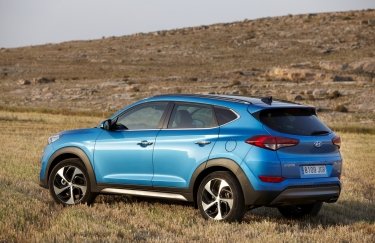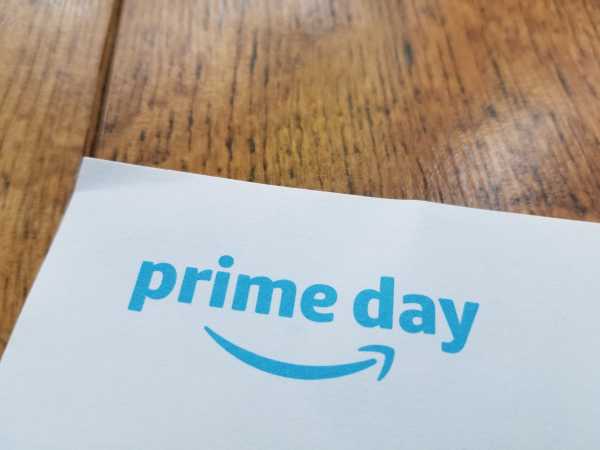
This story is part of a group of stories called
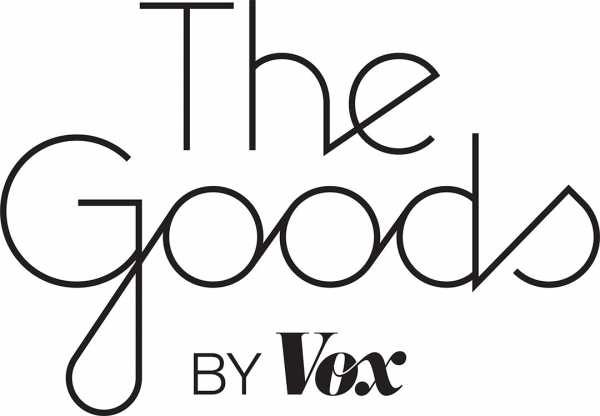
Amazon Prime Day, this year, is two Prime Days. It is July 15 and July 16, and it will be what it always is: a time, if you have an Amazon Prime account, to shop on Amazon for certain things that cost less than they normally do.
The types of deals that will be available to Prime members on Prime Day are sort of difficult to describe, because, according to a statement, this year there will be “more than one million” of them, “across Amazon devices, fashion, grocery, toys, furniture, everyday essentials, school supplies and more.”
Amazon is offering $80 gift cards to people who sign up for an Amazon Prime Rewards Visa Signature Card on Prime Day
Typically, the best deals are on Amazon-made electronics, such as Echo speakers, Kindle e-readers, and Fire TV accessories. There are usually discounts on Amazon services, like Amazon Photos and Amazon Music. There has been a particular emphasis on Amazon Fashion offerings since the company began pouring resources into selling clothes two years ago. This year, Amazon is offering $80 gift cards to people who sign up for an Amazon Prime Rewards Visa Signature Card on Prime Day. It is also launching a special Happy School Year online store, emphasizing Prime Day’s role in helping “kick off back-to-school shopping.” (And acknowledging the fact that teachers often rely on Prime Day as an opportunity to get school supplies they may pay for out of pocket.)
Amazon’s second-ever official Prime Day concert — live-streamed from New York on Wednesday — boasted Taylor Swift as the headliner and Dua Lipa, SZA, and Becky G. as the supporting lineup. Leading up to it, Prime members were prompted to ask Alexa to play a “Prime Day Concert Playlist,” and the full concert is now available for Prime members to stream to their Fire TV and Echo Show devices.
“Give it another five years, and the idea of Prime Day as just a ‘shopping’ event might seem practically quaint,” Hillary George-Parkin wrote for Vox in June, when the show was announced.
But to some, Prime Day may already feel more like a major cultural event and actual holiday. I was a little surprised that this is only the fifth Prime Day, as it feels like it has been happening for close to my entire life. How did we get here? And is Prime Day — now two days! I cannot stress this enough! — going to expand forever?
Prime Day started as a birthday celebration just five years ago. Now it’s a shopping holiday with real cultural clout.
The first Prime Day was in July 2015. “On the eve of Amazon’s 20th birthday, the company introduces Prime Day,” an Amazon press release sent at 1 AM on the eve of Amazon’s 20th birthday began. Prime Day would be “a global shopping event, with more deals than Black Friday, exclusively for Prime members.”
The motive here was clear. A comment from Greg Greeley, vice president of Amazon Prime, is included in the release: “If you’re not already a Prime member, you’ll want to join so you don’t miss out on one of the biggest deals extravaganzas in the world.”
“On the eve of Amazon’s 20th birthday, the company introduces Prime Day”
After the first Prime Day, Amazon announced that it sold 398 items per second — “breaking all Black Friday records” — and had “more new members try Prime worldwide than any single day in Amazon history.” Greeley said they would definitely be doing it again the following year. The company sold 24,000 Instant Pots (“compared to 182 the previous Wednesday”) and 56,000 copies of the Lord of the Rings trilogy DVD box sets (the top-selling product in the US).
From there, things only got bigger and bigger — as did Amazon itself. In 2016, the company declared “the second annual Prime Day” the “biggest day ever for Amazon.” This time, Prime members bought over 215,000 Instant Pots.
In 2017, Amazon wrote that, globally, the most-purchased product was its Amazon Echo Dot, which was steeply marked down so as to get a leg up over Google in the voice assistant wars. (Still, in the US, the Instant Pot reigned.) “More new members joined Prime on July 11 than on any single day in Amazon history,” the company wrote again. “Tens of millions of Prime members made a purchase on Prime Day 2017, more than 50 percent higher than the prior year.” This Prime Day was 30 hours instead of 24 “because only Amazon could put 30 hours in a day.”
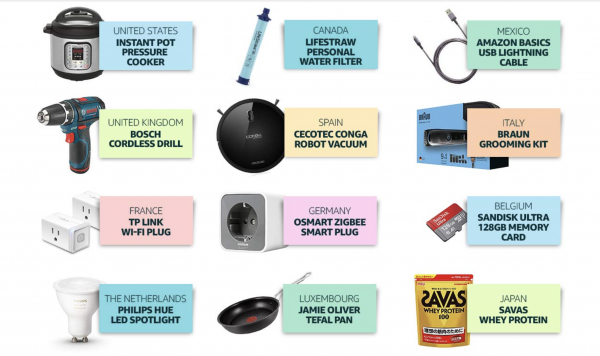
In 2018, I bet you can guess what happened. Shoppers bought 100 million items and “Amazon welcomed more new Prime members than any previous day in Amazon history.” This was the first Prime Day following Amazon’s acquisition of Whole Foods, and there were also Prime Day deals at Whole Foods; the most popular deal was on organic strawberries.
Amazon sold 300,000 Instant Pots. And 150,000 LifeStraw Personal Water Filters. And “millions of customers” streamed the inaugural week of Unboxing Prime Day events, which included a concert in New York City hosted by Amazon Music, headlined by Ariana Grande, as well as a Twitch Prime PlayerUnknown’s Battlegrounds tournament featuring the Canadian DJ deadmau5.
And, though the Amazon website flickered in and out all day long, Prime Day 2018 brought in an estimated $3.5 billion.
This year’s Prime Day will be a little different, because some warehouse workers are organizing a strike.
Prime Day 2019 will be different from every previous Prime Day. It will be longer, as it is now two full days. It will be bigger, presumably. This year, the company has published a guide called “How to Shop Like a Pro on Prime Day,” which includes advice like “Install Amazon Assistant to receive desktop notifications on deals you’re watching — and get $10 off your next order of $50 or more.”
It will also involve the first major work stoppage among Amazon warehouse workers in the US, as employees at the fulfillment center in Shakopee, Minnesota, have announced plans to strike for six hours. They’re protesting the company’s decision to offer one-day shipping to Prime members, which they say place unreasonable stress on already overworked employees who each put out hundreds of orders per hour.
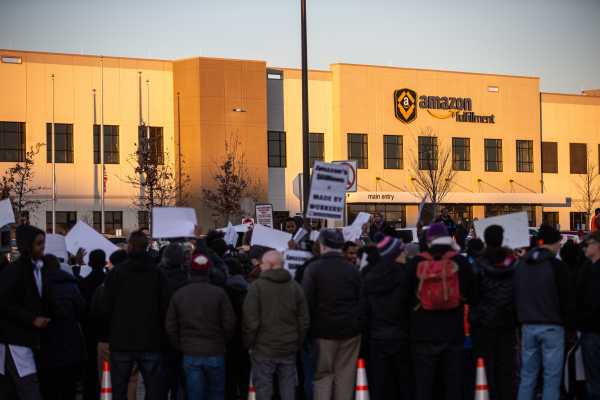
This strike comes after major walkouts on Black Friday in November, which took place at Amazon warehouses in Spain, Germany, and France, and were echoed by protests in Italy and England. As Vox’s Alexia Fernández Campbell pointed out earlier this week, this is a particularly bold move for the American workers, who are not part of a union and will not have the same legal protection as the largely unionized European workers.
Taking part in Prime Day is therefore more complicated than usual for those who might want to show solidarity with workers. The situation could resemble the Lyft and Uber strikes that took place in nine major American cities and London in May, when employees dependent on massively powerful tech platforms stayed home, and many of the ride-sharing apps’ regular customers avoided them as well.
Prime Day 2019 will compete against big sales from Target, Walmart, and eBay. But will it really?
Though other retailers have edged in on Prime Day in the past — Walmart offered a better Instant Pot discount than Amazon last year — this is the first time the company will face broad competition on its own birthday. Target has announced “Deal Days” for the same days as the two-day Prime Day. Nordstrom is launching a two-week “anniversary sale” a few days after Prime Days. Walmart is having an overlapping online sale from July 14 to July 17. EBay, which has openly sparred with Amazon for years, is having a “Crash Sale” on July 15, a reference to Amazon’s website crashing last year, and offering “great deals on things [shoppers] actually want,” presumably a reference to a popular critique of Prime Day as an over-hyped party celebrating junky products and random brands nobody’s heard of.
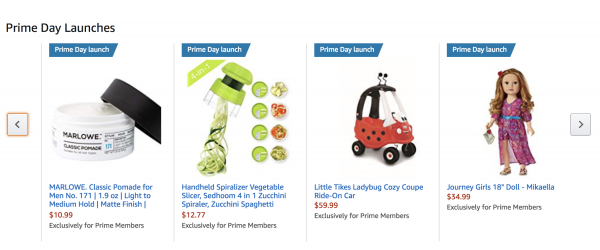
You can peruse the deals yourself and make your own decision as to whether that characterization is fair. This year, Amazon is adding “Prime Day Launch” badges to new products — featured heavily on the Prime Day homepage — including men’s deodorant from Kobe Bryant’s body care brand Art of Sport, a handheld vegetable spiralizer (specifically for zucchini?) made by a brand called Sedhoom, and “Pure Apple Cider Vinegar Gummies” that “act as an appetite suppressant.” In the Amazon Prime app, you can enroll for a chance to win various daily giveaways, including an Instant Pot.
Prime Day, while in some ways just an online sale, actually has a lot wrapped up in it. It demonstrates Amazon’s cultural clout — bolstered by its growing TV and movie production business — and its ability to make the entire retail industry bend to its idea of the calendar. Yet, for two days in July, it looks like all Amazon wants is for you to join the cult of the Instant Pot.
Sign up for The Goods’ newsletter. Twice a week, we’ll send you the best Goods stories exploring what we buy, why we buy it, and why it matters.
Sourse: vox.com
